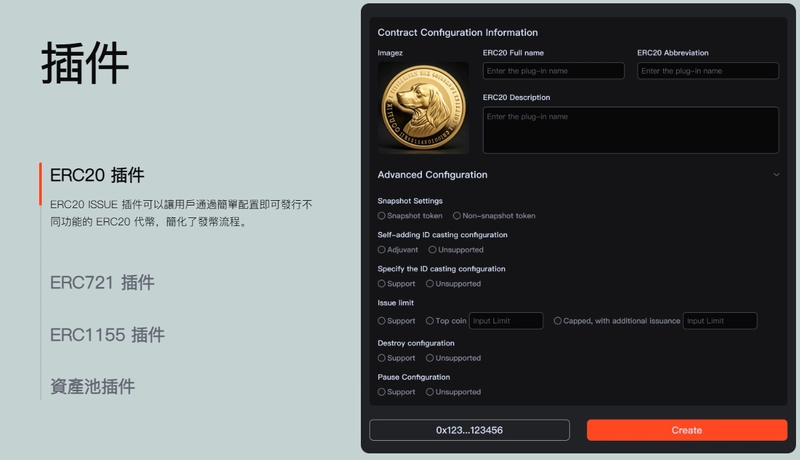Quick Guide to UPDATE Queries: How to Modify Data Efficiently
The UPDATE query is a fundamental part of any application that interacts with a database. It allows you to modify existing data with precision. This post highlights essential clauses, syntax, and optimization tips for using UPDATE effectively. How UPDATE Queries Work The UPDATE query modifies data within a table. Here's a simple structure: UPDATE employees SET salary = 70000 WHERE employee_id = 101; Key Clauses and Their Role SET specifies which columns to modify and their new values. WHERE identifies which rows to change. IGNORE skips errors, so the query continues. LOW_PRIORITY / HIGH_PRIORITY adjusts the query's execution priority. Updating Multiple Columns at Once Here’s how you can update several columns in one go: UPDATE employees SET department = 'HR', salary = 80000 WHERE employee_id = 102; How DEFAULT Can Simplify Updates By using DEFAULT during table creation, you can set pre-filled values for certain columns. This reduces the number of updates required after data is inserted. FAQ What is an UPDATE query used for? It modifies records in a table, adjusting data in one or more columns. What are the most common clauses in an UPDATE query? SET (for column changes) and WHERE (to filter specific rows) are the key clauses. IGNORE is used to handle errors gracefully. Does updating data affect performance? Yes, if there are indexes or partitions, performance can slow as these must also be updated. Can I avoid errors in UPDATE queries? Yes, by using the IGNORE clause, which continues query execution even if errors occur. Conclusion UPDATE queries are critical for modifying data in database applications. By using clauses like SET, WHERE, and IGNORE, you can create precise, efficient queries. For a comprehensive guide, read the article UPDATE Queries - Advanced CRUD explanation part 3.

The UPDATE query is a fundamental part of any application that interacts with a database. It allows you to modify existing data with precision. This post highlights essential clauses, syntax, and optimization tips for using UPDATE effectively.
How UPDATE Queries Work
The UPDATE query modifies data within a table. Here's a simple structure:
UPDATE employees
SET salary = 70000
WHERE employee_id = 101;
Key Clauses and Their Role
- SET specifies which columns to modify and their new values.
- WHERE identifies which rows to change.
- IGNORE skips errors, so the query continues.
- LOW_PRIORITY / HIGH_PRIORITY adjusts the query's execution priority.
Updating Multiple Columns at Once
Here’s how you can update several columns in one go:
UPDATE employees
SET department = 'HR', salary = 80000
WHERE employee_id = 102;
How DEFAULT Can Simplify Updates
By using DEFAULT during table creation, you can set pre-filled values for certain columns. This reduces the number of updates required after data is inserted.
FAQ
What is an UPDATE query used for?
It modifies records in a table, adjusting data in one or more columns.
What are the most common clauses in an UPDATE query?
SET (for column changes) and WHERE (to filter specific rows) are the key clauses. IGNORE is used to handle errors gracefully.
Does updating data affect performance?
Yes, if there are indexes or partitions, performance can slow as these must also be updated.
Can I avoid errors in UPDATE queries?
Yes, by using the IGNORE clause, which continues query execution even if errors occur.
Conclusion
UPDATE queries are critical for modifying data in database applications. By using clauses like SET, WHERE, and IGNORE, you can create precise, efficient queries. For a comprehensive guide, read the article UPDATE Queries - Advanced CRUD explanation part 3.










































































































































































![[The AI Show Episode 142]: ChatGPT’s New Image Generator, Studio Ghibli Craze and Backlash, Gemini 2.5, OpenAI Academy, 4o Updates, Vibe Marketing & xAI Acquires X](https://www.marketingaiinstitute.com/hubfs/ep%20142%20cover.png)



























































































































![[FREE EBOOKS] The Kubernetes Bible, The Ultimate Linux Shell Scripting Guide & Four More Best Selling Titles](https://www.javacodegeeks.com/wp-content/uploads/2012/12/jcg-logo.jpg)



![From drop-out to software architect with Jason Lengstorf [Podcast #167]](https://cdn.hashnode.com/res/hashnode/image/upload/v1743796461357/f3d19cd7-e6f5-4d7c-8bfc-eb974bc8da68.png?#)






































































































.png?#)




.jpg?#)































_Christophe_Coat_Alamy.jpg?#)








































































































![Rapidus in Talks With Apple as It Accelerates Toward 2nm Chip Production [Report]](https://www.iclarified.com/images/news/96937/96937/96937-640.jpg)









































































































































